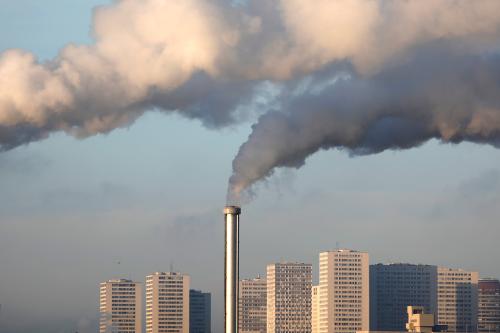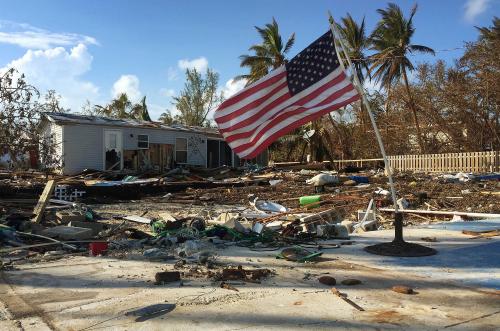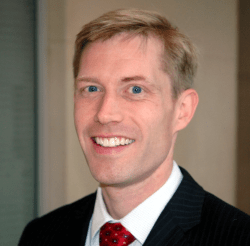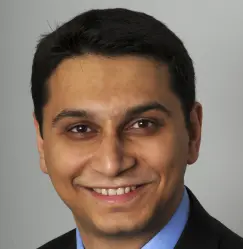On April 22 and 23, President Biden hosts a virtual Leaders Summit on Climate. Shortly before the summit, the United States announced a plan to cut U.S. greenhouse gas emissions by 50-52% below 2005 levels by 2030, as its new Nationally Determined Contribution (NDC) under the Paris Agreement. President Biden also urged invited leaders, including Xi Jinping and Vladimir Putin, to use the summit as an opportunity to outline how their countries will contribute to stronger climate ambition.
On April 20, experts from the Brookings Institution joined an on-the-record call with reporters to explore the domestic and international context for the summit, areas of disagreement, and specific issues to watch.
 Samantha Gross (@samanthaenergy), Director of the Energy Security and Climate Initiative: It seems to me that President Biden is in a bit of a bind. He has to deal with the Congress that he has, but I believe that Congress — particularly the Republicans — hasn’t kept up with increasing concern among the American public about climate. So, I don’t see sweeping climate legislation. A lot of people have asked me about cap-and-trade or a tax, and I just don’t see that as being likely.
Samantha Gross (@samanthaenergy), Director of the Energy Security and Climate Initiative: It seems to me that President Biden is in a bit of a bind. He has to deal with the Congress that he has, but I believe that Congress — particularly the Republicans — hasn’t kept up with increasing concern among the American public about climate. So, I don’t see sweeping climate legislation. A lot of people have asked me about cap-and-trade or a tax, and I just don’t see that as being likely.
… I’m curious about what lies on the pages behind the NDC, and the policies that are planned to implement the NDC. I expect to see a lot of carrots mixed into this policy, a lot of funding and tax breaks for low-carbon technology and infrastructure, and for research and commercialization of low-carbon technology. Regulation under existing laws is also possible and likely, but I fear that regulation will face the same fate as it did under the Obama administration, when we saw the Trump administration try to roll back things that Obama had done. And most importantly, I worry that the fear of such reversal and the endless litigation that often comes along with environmental regulation will dampen the investment signal that the regulation was intended to send.
 Nathan Hultman, Nonresident Senior Fellow in the Global Economy and Development program: I think it’s worth pausing just to note that we’re at the confluence of a number of positive trends in the climate world this year. I think it helps to pause and see what those trends are, and to think about what they might mean in terms of longer-term success, but also what the challenges are, as well.
Nathan Hultman, Nonresident Senior Fellow in the Global Economy and Development program: I think it’s worth pausing just to note that we’re at the confluence of a number of positive trends in the climate world this year. I think it helps to pause and see what those trends are, and to think about what they might mean in terms of longer-term success, but also what the challenges are, as well.
First of all, obviously the one that we’re all aware of and talking about right now is that we have a U.S. federal re-engagement on climate … What happens in the U.S. is not only best viewed through the lens of who’s the president, although that is quite important — or even for that matter, from the federal, including Congress — but is best viewed as what’s happening across the country. I think if we look at that story over the last five to seven years, what we’ve seen is yes, the story of high presidential ambition, then low, now high again; but more fundamentally, a changing trend over those years of increasingly accelerating action from the sub-national entities in the U.S. —states, cities, businesses, and others. I think if we look at what makes change happen in the U.S., it’s really important to note that that change is not something that happens only at the federal level.
 Amar Bhattacharya, Senior Fellow in the Global Economy and Development program’s Center for Sustainable Development: The leadership that has been injected, not by just the summit, but the work that has gone into the event — and particularly the efforts of John Kerry — are already beginning to make a big, big difference on the global scene. There’s a new sense of energy.
Amar Bhattacharya, Senior Fellow in the Global Economy and Development program’s Center for Sustainable Development: The leadership that has been injected, not by just the summit, but the work that has gone into the event — and particularly the efforts of John Kerry — are already beginning to make a big, big difference on the global scene. There’s a new sense of energy.
… The idea is to get everybody to buy in to a collective goal of net-zero emissions by mid-century and translate that into concrete commitments. The first step of that is to set targets for 2030 … So urgency is the first point, and as the U.S. pushes on this, it can put more pressure on others to step up, including China and including getting other big emitters — such as India, Indonesia, and the like — on board. Second, the conversation has changed very much to the opportunity of climate action, especially in the COVID context. In rebuilding or building back better, there is a great opportunity to actually tackle the fragilities and risks that had been building, before the pandemic. There is an opportunity to put the world on a trajectory with much greater benefits in terms of innovation, in terms of productivity, in terms of the core benefits of climate action. So, there has been a shift from the costs of climate action now, and the focus on zero-sum game to the benefits and the opportunities, and including the opportunities for cooperative action.
 Sanjay Patnaik (@sanjay_patnaik), Director of the Center on Regulation and Markets, and the Bernard L. Schwartz Chair in Economic Policy Development: As the previous speakers have said, it is a great signal that the U.S. is back at the negotiating table on international climate front, and that especially Biden is really focusing on basing the decisions only on science and building bridges to our allies. But I think the big question that will be on everyone’s mind is: How do we get there? How do we get there credibly? Because for the last 20 years, we have seen really strong swings in U.S. climate policy, oscillating between taking substantial policy measures on climate, and doing little to address climate change.
Sanjay Patnaik (@sanjay_patnaik), Director of the Center on Regulation and Markets, and the Bernard L. Schwartz Chair in Economic Policy Development: As the previous speakers have said, it is a great signal that the U.S. is back at the negotiating table on international climate front, and that especially Biden is really focusing on basing the decisions only on science and building bridges to our allies. But I think the big question that will be on everyone’s mind is: How do we get there? How do we get there credibly? Because for the last 20 years, we have seen really strong swings in U.S. climate policy, oscillating between taking substantial policy measures on climate, and doing little to address climate change.
… There are a couple of areas where [Biden] already has taken action: one is obviously executive orders. The problem with executive orders is that they can be reversed very easily by someone who comes in next. He has taken some very important ones, especially in terms of signaling — like rejoining the Paris Agreement, like revoking the Keystone pipeline, and also putting out an executive order that really is focused on tackling the climate crisis, which takes a whole-of-government approach. I think that this is where he has had an impact so far, because he really tries to reorient all federal agencies and parts of the government towards climate as a major issue to tackle.
The Brookings Institution is committed to quality, independence, and impact.
We are supported by a diverse array of funders. In line with our values and policies, each Brookings publication represents the sole views of its author(s).










Commentary
Brookings experts comment on Biden’s climate summit
April 23, 2021